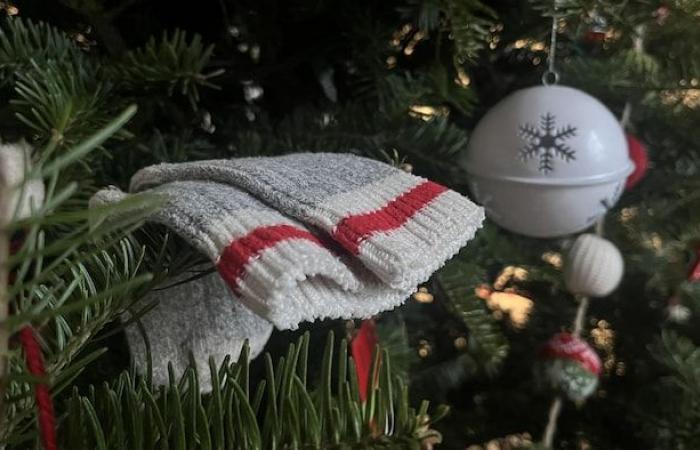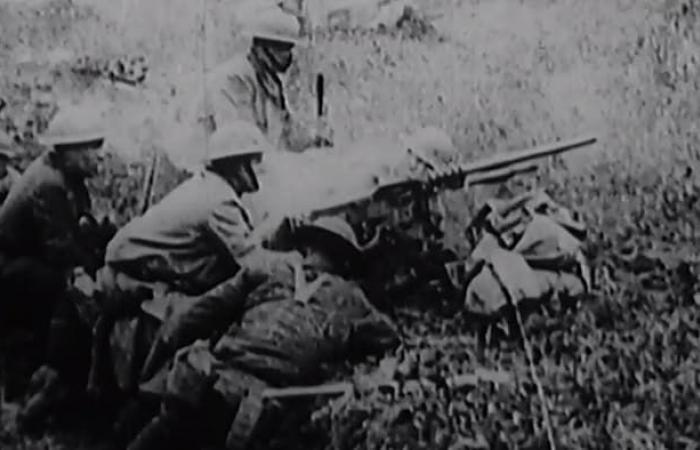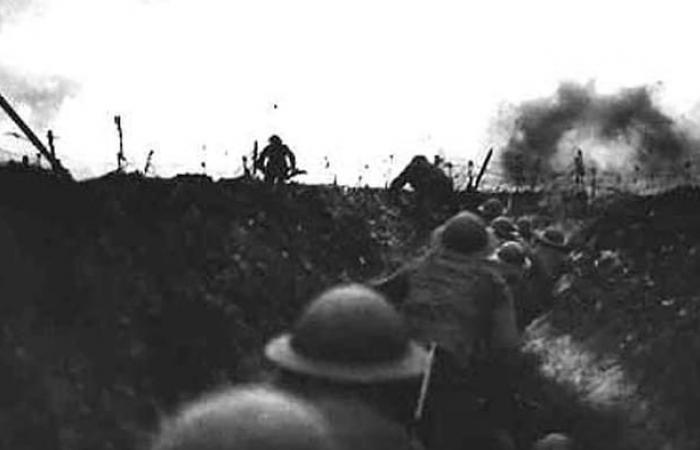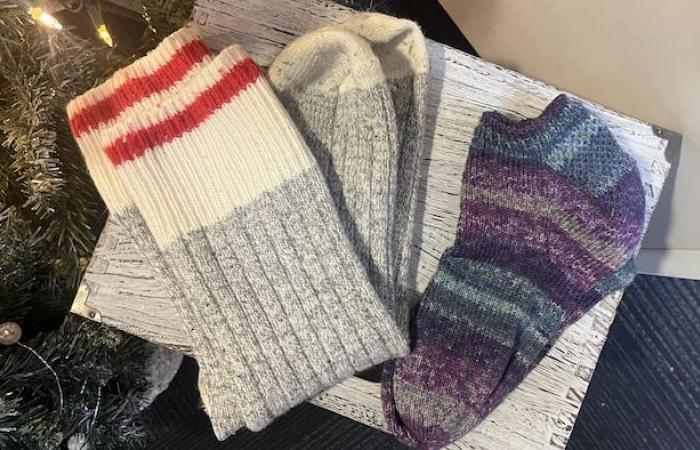The Canadian wool stocking that will keep your feet warm this winter has a long history. First made to protect soldiers who fought in the trenches during the Great War, it is today an emblematic garment of the country. Primary and secondary school children will have the chance to familiarize themselves with its history and even learn to knit it thanks to workshops organized in schools in the region starting in February.
It was the Ulverton Wool Mill team, guardian of this know-how for over 200 years, who had the good idea of introducing young people to the art of knitting. His motivation was to teach the basics of using needles, but also to awaken the creative spirit of children and get them away from screens a little.
The benefits of knitting
Knitting is a very good stimulant for the elderly as well as for children, explains the general director of the Mill, Julie-Ann Logan. At the same time, it is really good for combating anxiety. We wanted to take it to schools to give children a tool
she adds.
These are craftsmen from the Mill who will have the mission of teaching young people how to chain the stitches. Classes of 5e et 6e primary years and grades 1re secondary schools in Richmond, Windsor, Bromptonville, Victoriaville, Drummondville and Acton Vale will be visited.
Open in full screen mode
Despite the passage of time, Canadian wool socks remain a must-have.
Photo : - / Emilie Richard
The young people will first have to knit a bracelet, then a leg warmer with a circular needle and finally, a piece made up of the heel, foot and toe. Once the three workshops have been completed, they will have knitted the three sections to assemble to create a beautiful wool sock.
These are three workshops that will allow them to knit items that will make them proud of their success.
The materials used in class will be provided by the organization Knitting grandmothers and can be kept by students. We hope that this introduction to knitting can continue after the activity, whether at school or at home. A crowdfunding campaign is currently underway to enable as many young people as possible to learn how to knit.
Stockings to help Canadian soldiers
While learning to interweave the stitches, the young people who will have the chance to participate in the workshops will also learn a little about the history of the sock knitted by our ancestors. The story that will be told to them revolves around Canadian wool socks, which we directly associate with the Great War of 1914-1918, recalls Julie-Ann Logan.
Open in full screen mode
Canadian soldiers man a machine gun in the trenches in France.
Photo: - / Report on the war of 1914-1918
At that time, soldiers got bogged down in the trenches with all the risks that entailed. The army cannot provide enough wool socks to keep soldiers’ feet warm and dry. As a result, many develop a disease called trench foot which can lead to amputation.
It was then that women across the country were called upon to make a war effort to make as many woolen stockings as possible. Wool was a popular material because it is warm and does not retain moisture
explains the manager of the Ulverton Woolen Mill. But stockings are needed to allow soldiers to change them every four hours and thus prevent health problems.
Wool and articles were supplied to homes, then everything produced was sent to the military.
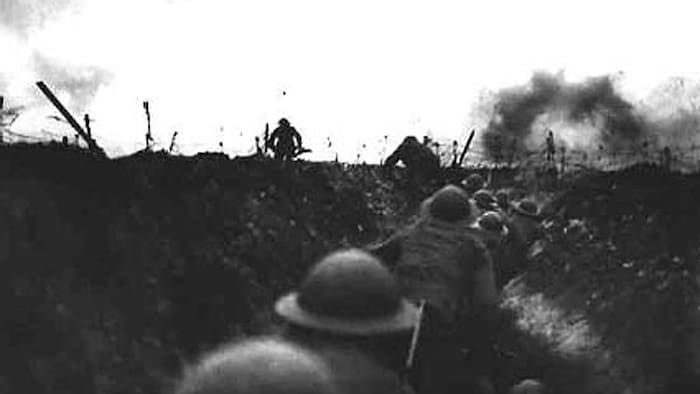
Open in full screen mode
The fighting during the First World War was particularly fierce, and life in the trenches particularly hard. (Archive photo)
Photo : Reuters / Handout
During this period, the stocking is made entirely of gray wool. It was after the war that the famous distinctive red line appeared. Red was extremely difficult to create, says Ms. Logan. They were trying to find a way to put this Canadian red through natural products. It took them seven years to figure out the right way to do it.
From artisanal production to industrial manufacturing
With this period of artisanal manufacturing of Canadian wool stockings, one thing led to another, pre-industrial production followed with the manual knitter used in certain homes allowing the pace to be accelerated.
The Ulverton Woolen Mill contributed to this war effort. During a certain period, four women were running the machines to knit as many socks as possible.
mentions Julie-Ann Logan.
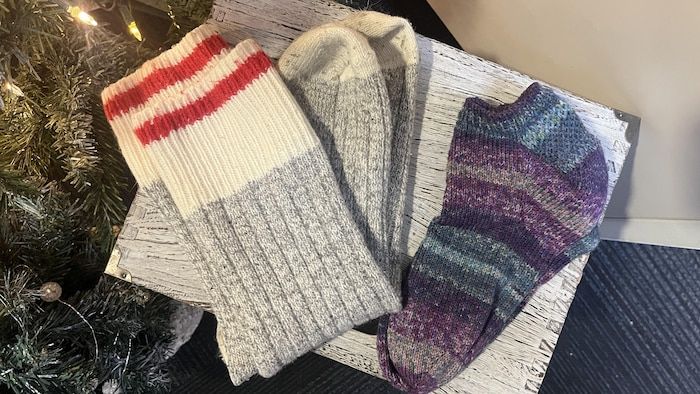
Open in full screen mode
Young people from six schools in the region will have the opportunity to knit wool stockings.
Photo : - / Emilie Richard
Today, Durey, a company based in Princeville in Bois-Francs, ensures the industrial production of Canadian wool socks, but the knowledge of its artisanal manufacturing can be passed on to a new generation thanks to the initiative of the Moulin à laine d ‘Ulverton.

